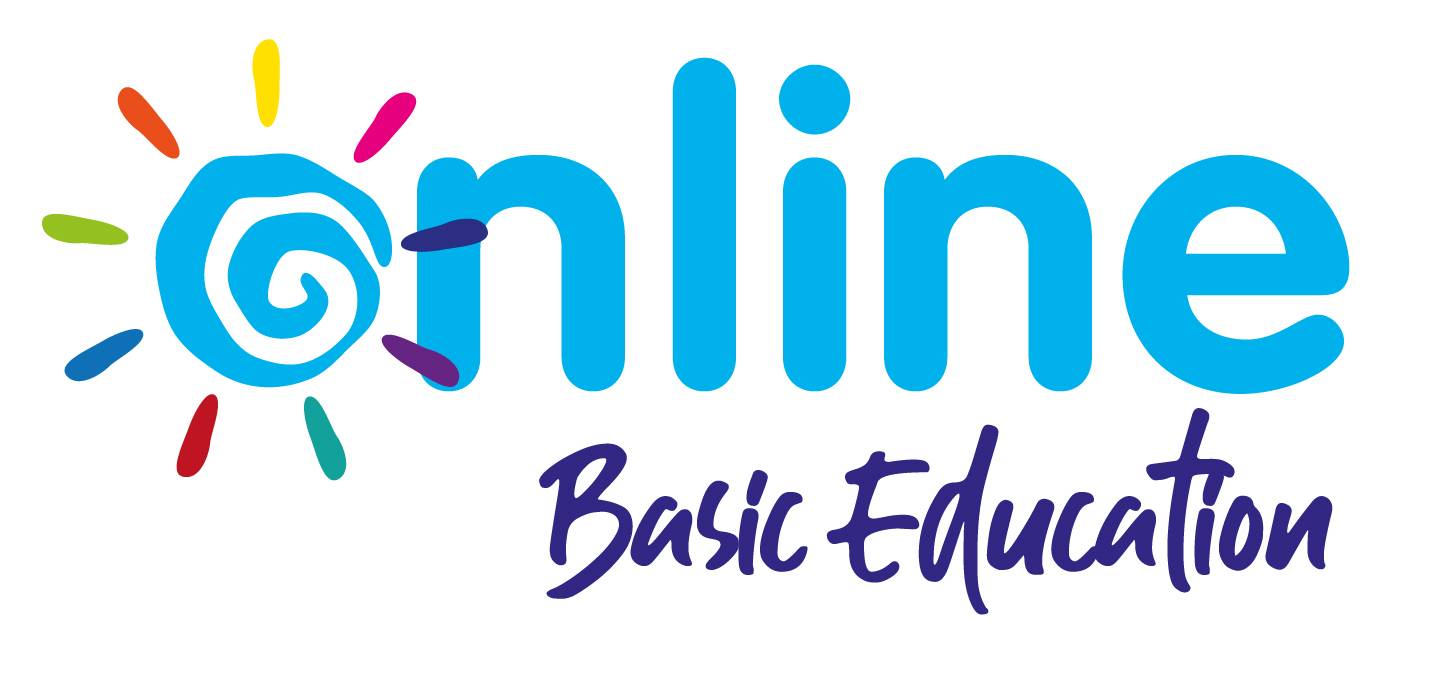Civil engineers design and build infrastructures that make the world go round. They design, plan, and supervise the construction and maintenance of roads, bridges, buildings, airports, and agricultural infrastructures, among others. So, what does this mean? Every country’s economic growth and development benefit from civil engineering.
To prepare for this highly technical field, students are encouraged to prepare by taking the STEM strand for civil engineering in senior high school. This strand will provide students with the foundational knowledge and skills to help them get ahead in their college education and life.
Find out more about OEd Senior High School’s Science, Technology, Engineering, and Mathematics (STEM) academic track and how the courses under the STEM strand can prepare you for your future studies and career, especially if you want to purse civil engineering.
What Strand is Civil Engineering?
Civil engineering focuses on designing and manipulating environments to make them more livable for us. Civil engineers design, plan, and construct infrastructures like roads, bridges, buildings, water systems, dams, and power-plant facilities.
Civil engineers also help manage natural resources with efficient system designs. With their extensive knowledge of science and mathematics, they ensure that infrastructures function properly, for instance, in supporting certain weights and withstanding earthquakes and strong winds.
Students who are up for the challenge of studying civil engineering are encouraged to take up the STEM strand. This is designed for training students for a future in technical professions, including civil engineering.
This strand will introduce students to scientific and technical concepts and hone relevant skills that will help them with their future studies and career.
What is the Engineering Strand?
The engineering strand falls under the STEM strand, which focuses on science technology, engineering, and mathematics. This academic track prepares senior high school students for scientific or technical courses like Civil Engineering.
Students will be taught engineering concepts and theories and other disciplines that are crucial in the field of engineering. However, that is not all.
To shape SHS students into ideal engineering professionals, they are also given opportunities to experiment and take risks. These allow them to apply engineering concepts to real-world problems. Through these experiments, they will also learn to be curious and resilient.
Everything that students will learn in the STEM strand will potentially apply to their future studies in Civil Engineering.
Is an Engineering Strand and STEM the Right Path for Me?
Senior high school is the ideal time for students to evaluate the career path they wish to pursue. The civil engineering senior high school strand will challenge students in mathematics and science in preparation for the complex courses of civil engineering programs.
Students interested in the STEM track should consider if this is the right fit for them before entering SHS. Here are a few questions to guide you in evaluating whether a degree in Civil Engineering is good fit for you:
- Do you have an aptitude for mathematics and science?
- Are you excited to deepen your knowledge of building and structural design and other engineering concepts?
- Do you see yourself working in the field, such as in construction?
- Do you have the patience and creativity for planning and designing systems and structures?
- Do you look forward to finding innovative solutions to various issues?
Because of its technical nature, civil engineering not only requires excellence in the physical sciences but also the right attitudes for scientific inquiry.
An interest in civil engineering is a strong foundation, but you also need to be genuinely committed to your education. With our engineering strand, you can develop the necessary knowledge and skills that will help you succeed as a civil engineer.
What Can I Expect from the Civil Engineering Strand in Senior High?
The STEM strand in Senior High combines science, technology, engineering, and mathematics. Here are some of the subjects that will build your knowledge in engineering:
- General Mathematics
- General Physics
- General Biology
- General Chemistry
- Earth Science
- Disaster Readiness and Risk Reduction
- Pre-Calculus
- Basic Calculus
- Statistics and Probability
- Practical Research
- Entrepreneurship
OEd Senior High School offers holistic education founded on the belief that all areas of study are interconnected. Future civil engineers need to consider all aspects of society in their designs, and the humanities and social sciences will be useful in expanding their horizons.
Thus, while the STEM academic track concentrates on the physical sciences, students will also be exposed to general academic strand subjects. Students will attend classes in English, Literature, philosophy, media and information literacy, and social sciences.
Furthermore, our curriculum complements theoretical knowledge with practical experience. Students are given opportunities to conduct experiments. In their final year in senior high school, they will complete a work immersion/research/capstone project wherein they will apply their knowledge to a real-world problem. This serves as the culmination of their senior high school education.
What are Future Employment Opportunities After STEM and Civil Engineering?
Civil engineering is one of the most technical and competitive fields of study in the world. From the get-go, admission to civil engineering programs tends to be competitive, so it would be beneficial to have an advantage as early as senior high with the civil engineering strand.
Civil Engineering graduates go through strict regulations before they can officially practice because they deal with projects that concern the safety of people. To become a civil engineer, students must complete the 5-year program in a college or university and then pass the Civil Engineering Licensure Examination.
Some educational institutions ask their students to choose a track during their undergraduate degree; otherwise, graduates may specialize in postgraduate studies. These civil engineering specializations are:

Structural Engineering
Structural engineering deals with the design of large structures. Structural engineers calculate the weight a structure can support and make sure that it can withstand strong winds and earthquakes.
Construction Engineering and Management
This field focuses on design principles of construction and management of a project’s resources. They apply this knowledge to building code regulations to build functional structures.
Geotechnical Engineering
This subfield combines civil engineering and geology. It involves the study of rocks, soil, and other artificial materials that may be used to support a system or structure.
Environmental Engineering
Environmental engineers work toward making more sustainable systems and facilities. In this field, you will design mechanisms that help manage natural resources or minimize environmental issues like pollution.
Transportation Engineering
This specialization involves the design of networking systems for transportation purposes. This involves modifying land and water forms to construct durable and efficient transportation systems.
Water Resources Engineering
Water resources engineers have an extensive knowledge of water and water systems, allowing them to design systems and facilities for managing this natural resource.
Materials Engineering
Materials engineers study the components and capabilities of materials used in construction projects. They determine the best materials for specific purposes.
With that said, Civil Engineers have plenty of career opportunities to look forward to in the future. Here are a few of them:
- Urban Planner
- Transport Planner
- Water Hygiene Engineer
- Building Engineer
- Construction Manager
- Environmental Engineer
- Design Engineer
- Structural Engineer
- Geotechnical Engineer
- Planning Engineer
These civil engineering jobs are available in a range of fields, including construction, manufacturing, the oil and gas industry, utility, railway, and waste management. Civil engineers may be employed in either private companies or government agencies.
Taking up civil engineering as your senior high school strand will require a lot of work, but it will be worth it. After taking up STEM strand, students can step into college confidently and, with hard work, excel in their course. Similarly, the habits they acquire in senior high school will shape their work ethic.
Design Your Future with OEd Senior High School
Civil Engineering is only one of the many opportunities you can pursue with our STEM strand.
Here at OEd Senior High School, a pioneering online education school in the Philippines, we provide a holistic education under the STEM strand for civil engineering – the type of education that aims to prepare students for the rigors of this field.
The STEM strand for civil engineering is a smart step toward a rewarding career as a licensed engineer.
Send us a message to learn more about our civil engineering strand.








